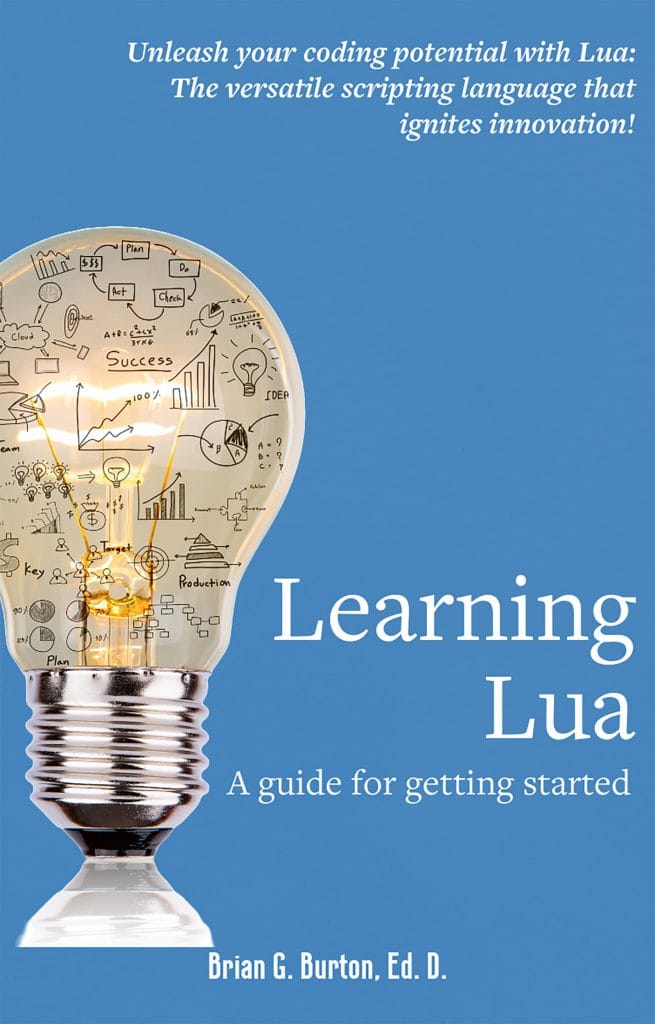Books by Burtons Media Group | Burtons Media Group (original) (raw)
Books and textbooks available through Burtons Media Group:
Free updates for all eBooks published by Burtons Media Group!
Learning Lua
eTextbook: $9.97 Available in PDF format.
Print: Available on Amazon
Available now!
Learning Mobile Application & Game Development with Solar 2D
eTextbook: $19.99 Available in PDF, ePub & mobi.
Free updates for the life of the eBook!
Publish date: Feb. 1, 2024

Introduces programming concepts in an incremental, pedagogically friendly method. Additional topics include: how to build mobile and cross-platform apps and games, identify the needs and create the user interface for apps, provide opportunities for students to collaborate on projects, conduct research in the mobile industry, and provide opportunities to exercise critical thinking skills.
_________________________________________________________________
For Education inquiries concerning volume pricing or review copy requests, please contact sales@BurtonsMediaGroup.com
_________________________________________________________________
Previously published books and contributed chapters by Brian G. Burton, Ed.D.:
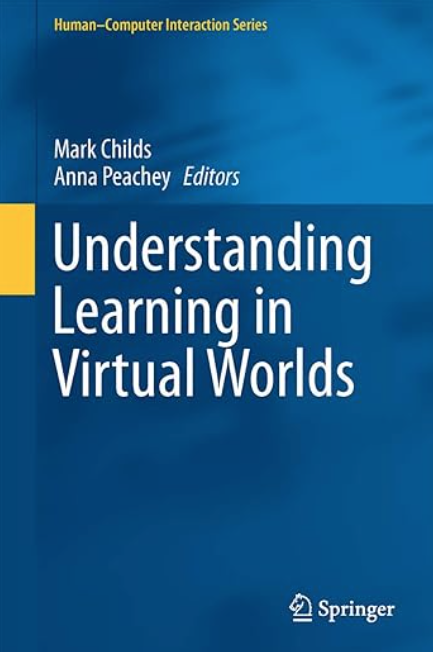
Burton, B.G., Martin, B. N., Robins, J. (2013) Creation of Knowledge and Student Engagement within Virtual Worlds. In Understanding Learning in Virtual Worlds. Ed. Childs, M. and Peachey, A., Springer Publishing.
Since the publication of the companion volume Researching Learning in Virtual Worlds in 2010, there has been growth not only in the range and number of educational initiatives taking place in virtual worlds but also in the depth of analysis of the nature of that education. Understanding Learning in Virtual Worlds reflects those changes through a collection of chapters that are extended versions of research presented at the second Researching Learning in Virtual Environments conference (ReLIVE 11), an international conference hosted by the Open University UK.
Included in this book are chapters that explore the philosophical and methodological underpinnings of understanding learning in virtual worlds, identify and analyze the factors that support learning in these environments, and present case studies that demonstrate some of the various ways in which virtual worlds can be applied to facilitate learning and teaching. The links between learning in a virtual world and learning in the physical world are made apparent throughout, and the authors reveal how understanding learning in one informs the other. Understanding Learning in Virtual Worlds is an important book not only to those who teach in virtual worlds but to anyone for whom understanding learning, in all its forms, is of interest.
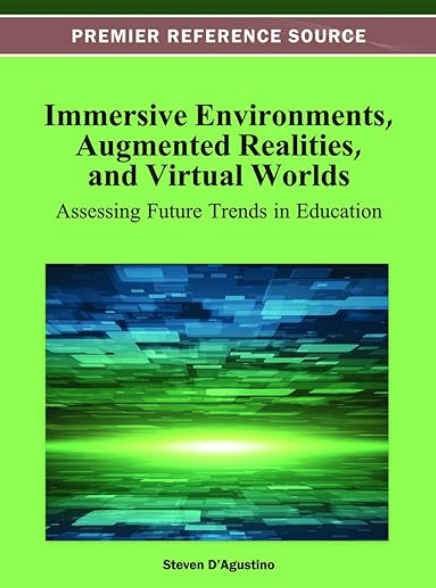
Burton, B. G., Martin, B.N., (2012) Student engagement and the creation of knowledge within a 3D virtual learning environment. In Immersive Environments, Augmented Realities and Virtual Worlds: Assessing Future Trends in Education., Ed. S. D’Agustino, IGI Global Publishing.
Technology has had a direct impact on education in increasing the way that society continues to learn. Applications of immersive environments, virtual worlds, and augmented reality have significant implications for how teaching and learning are achieved in contemporary education.
Immersive Environments, Augmented Realities and Virtual Worlds: Assessing Future Trends in Education brings together current research and performance in trends in education. While examining cyber behavior and the use of virtual worlds, immersive technologies and augmented realities aim to improve teaching and enhance learning.
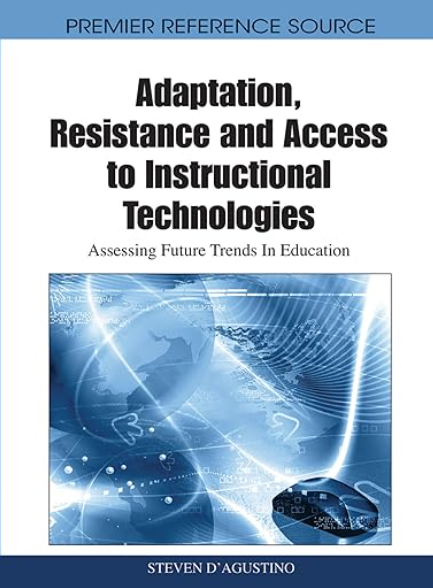
Burton, B. G., Martin, B. N., Thomas, D. (2010) Collaboration and the use of three-dimensional interface within a virtual learning environment. In Adaptation, Resistance and Access to Instructional Technologies: Assessing Future Trends in Education., Ed. S. D’Agustino. IGI Global Publishing. ISBN 978-1-616-92854-4
Adaptation, Resistance, and Access to Instructional Technologies: Assessing Future Trends in Education captures the current trends in technology integration from PreK-12 to higher education. This relevant research publication focuses on the various constituent groups, namely students, teachers, and communities, in education and the effects of educational technology on learning and empowerment. It is a must-read book for all K-12 school district administrators, principals, technology coordinators, and K-12 teachers, as well as undergraduate and graduate schools of education, teacher preparation programs, and clinical field supervisors of teachers.
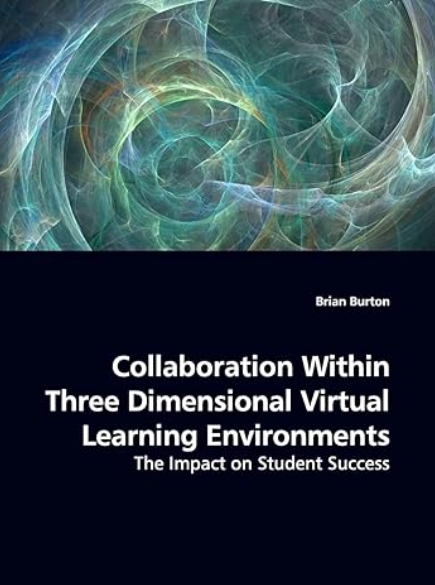
Burton, B. G. (2009). Collaboration within three-dimensional learning environments: The impact on student success. VDM Publishing. ISBN 978-3-639-17355-0.
Amazon
As many business and educational organizations begin to consider using 3D virtual environments as learning platforms, it is important to ask the question, do such environments engender collaboration and student learning? In this book, Dr. Brian Burton examines the development of constructivist learning using 3D virtual learning environments and the occurrence of collaboration, knowledge spirals, and student success in these environments. Using undergraduate students from two different universities, Dr. Burton utilizes a 3D game engine to teach a difficult topic in Computer Science and game development. The topic is richly explored both quantitatively and qualitatively. Suggestions for further research and application of the results for future learning opportunities are also included. A valuable resource for anyone considering using a virtual environment for education and learning.
